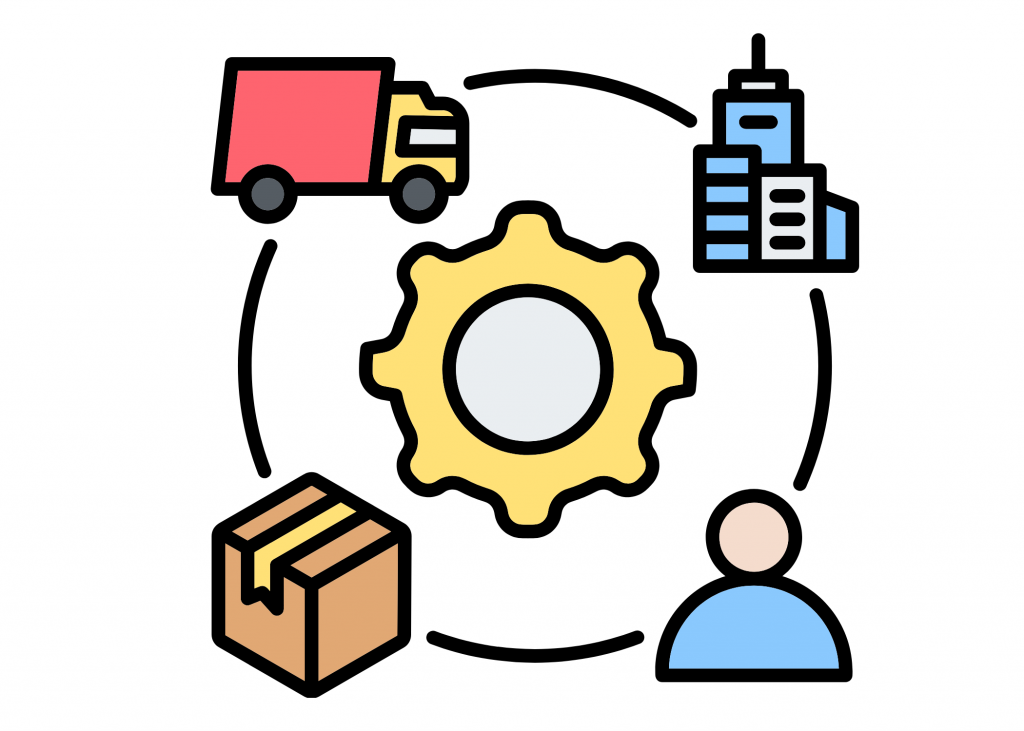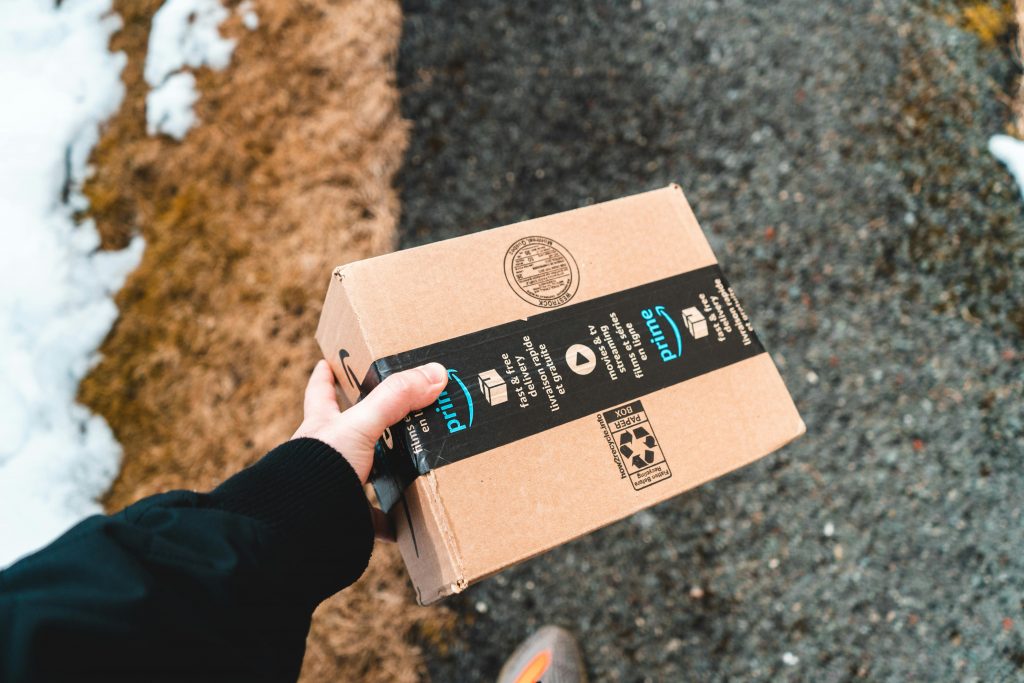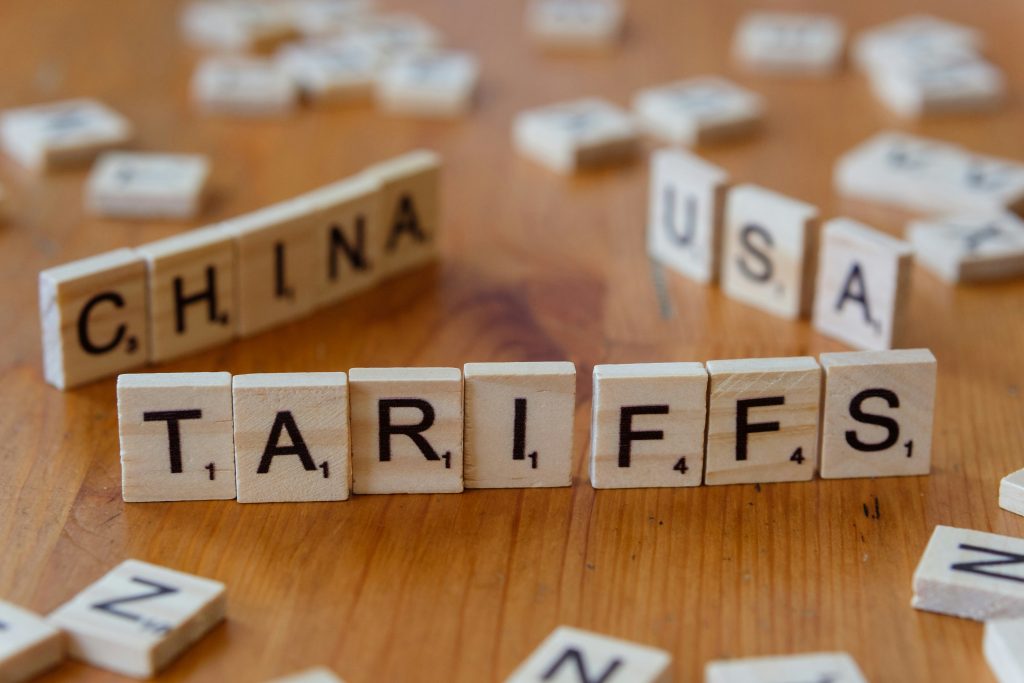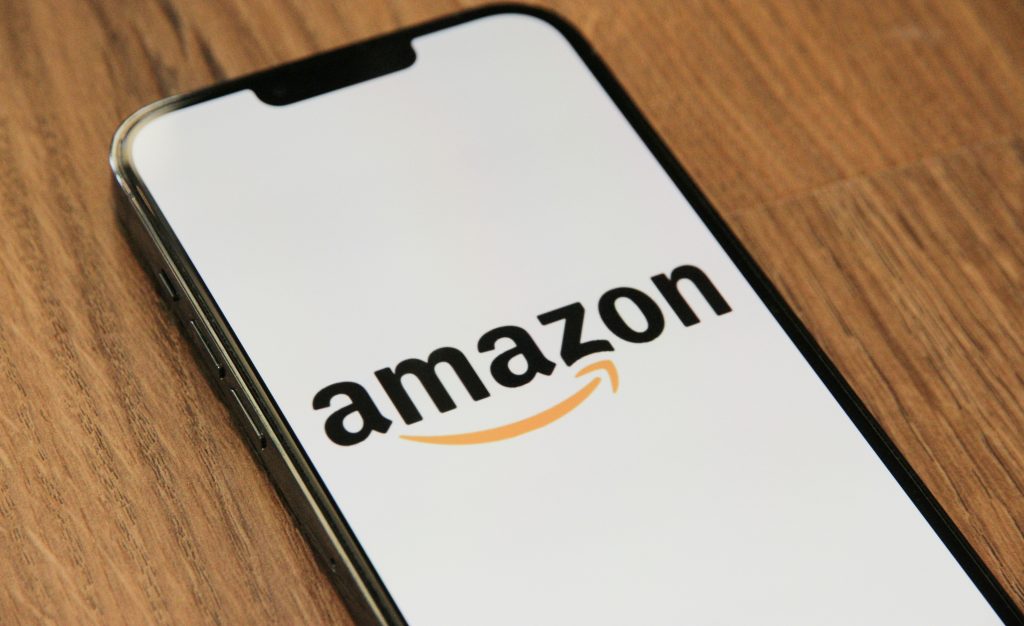
Amazon Fulfilment: Why eCommerce Brands Are Switching to a 3PL
Over the past few years, the world of eCommerce has become increasingly competitive, and nowhere is this more evident than on Amazon. With millions of sellers and an ever-evolving fulfillment infrastructure, staying competitive often means adapting quickly. One of the major shifts currently happening in the Amazon seller community is the move toward third-party logistics (3PL) providers. But why are so many Amazon sellers making the switch from Fulfillment by Amazon (FBA) to 3PLs? Let’s explore the top reasons behind this growing trend.
1. Rising Costs of FBA
FBA has long been a favored fulfillment option due to its simplicity and integration with Amazon’s Prime delivery network. However, the cost structure of FBA has changed significantly. Amazon has increased fees across storage, fulfillment, and returns, particularly during peak seasons. Sellers are now charged higher long-term storage fees and face additional penalties for low inventory performance or slow-moving products.
For small and medium-sized sellers, these costs can quickly erode profit margins. By switching to a 3PL, sellers can negotiate more predictable and often lower storage and fulfillment rates. Many 3PLs offer scalable pricing models tailored to the seller’s volume, which can be a game-changer for businesses trying to stay lean.
2. More Control Over Inventory
Amazon FBA limits how much inventory a seller can send to its fulfillment centers. These restock limits can be restrictive, especially during high-demand periods like Q4 or Prime Day. If a seller runs out of stock and can’t replenish quickly due to Amazon’s constraints, it directly affects sales, rankings, and the Buy Box.
A 3PL offers greater flexibility in managing inventory. Sellers can store larger quantities, split inventory across multiple regions, and avoid Amazon’s fluctuating restrictions. This added control reduces the risk of stockouts and enhances a seller’s ability to plan ahead.
3. Multi-Channel Fulfillment
Many eCommerce businesses aren’t limited to Amazon. They sell on platforms like Shopify, Walmart, eBay, and Etsy. Amazon’s Multi-Channel Fulfillment (MCF) allows sellers to use FBA for non-Amazon orders, but it comes with limitations and high costs—and Amazon branding on packaging, which many sellers want to avoid.
By partnering with a 3PL, sellers can centralize their inventory and fulfill orders across all sales channels seamlessly. This opens the door to a true omnichannel fulfillment strategy, giving businesses a consistent brand experience across platforms and better shipping flexibility.
4. Improved Customer Experience
While Amazon handles customer service and returns for FBA orders, this often comes at the expense of brand identity. Sellers have no control over packaging, unboxing experience, or custom inserts that can help with customer retention and brand loyalty.
A 3PL gives sellers the freedom to design branded packaging, include marketing materials, and create a customized customer journey. This is especially important for private label and DTC (direct-to-consumer) brands that want to differentiate themselves in a saturated market.
5. Faster Shipping Outside of FBA
One of FBA’s major advantages is its access to Amazon Prime’s fast shipping network. However, many 3PLs are now offering two-day and even same-day delivery through their own fulfillment networks or through partnerships with services like Shopify Fulfillment Network.
These logistics networks rival FBA’s speed and allow sellers to offer Prime-like delivery on their own storefronts. As customer expectations for fast, free shipping continue to rise, sellers are finding 3PLs better equipped to help meet those demands without being tied exclusively to Amazon.
6. Avoiding FBA Restrictions and Suspensions
Amazon is known for its strict and often opaque enforcement of policies. Sellers using FBA may find their accounts suspended or their inventory frozen without clear explanations. These disruptions can be catastrophic for a business.
Using a 3PL allows sellers to maintain a safety net. If issues arise with FBA or their Amazon account, their fulfillment operations don’t come to a halt. They can continue fulfilling orders from their own site or other platforms while resolving Amazon-related issues.
7. Returns Management and Reverse Logistics
Handling returns through FBA can be a double-edged sword. While Amazon makes it easy for customers, sellers often face high return rates and limited visibility into why products were returned. Returned items may be deemed “unsellable” even when they are in perfect condition.
3PLs often offer better return management, with the ability to inspect, refurbish, or restock items. This can reduce waste and recapture lost revenue. Some 3PLs also integrate with customer service tools, creating a more transparent and manageable returns process.
8. Scalability and Growth Support
As eCommerce businesses grow, so do their logistics needs. Managing fulfillment in-house or relying solely on FBA can become a bottleneck. 3PLs are built to support scaling operations. Whether it’s expanding into new geographic regions, adding new sales channels, or launching new product lines, a 3PL can grow with your business.
Many 3PLs offer advanced tools like inventory forecasting, real-time tracking, and automated reorder points that help sellers scale more efficiently. Some also offer value-added services like kitting, assembly, or subscription box fulfillment.
9. Risk Diversification
Putting all your logistics eggs in the Amazon basket can be risky. From policy changes to fee hikes to inventory limits, sellers who rely 100% on FBA are at Amazon’s mercy. By using a 3PL, sellers create redundancy in their supply chain and reduce their dependency on a single platform.
This diversification is especially important in today’s volatile supply chain environment. Having multiple fulfillment options can help businesses stay agile during disruptions, from warehouse delays to carrier shortages.
10. Data and Insights
Modern 3PLs often provide rich data dashboards, reporting, and analytics tools that help sellers make informed decisions. From understanding shipping performance to optimizing inventory levels and forecasting demand, these insights are critical for running a data-driven business.
While Amazon offers some data through Seller Central, it’s often limited and difficult to interpret. A quality 3PL can provide more transparency and actionable metrics that directly support business growth.
Final Thoughts
Switching to a 3PL doesn’t mean abandoning Amazon—it means becoming more strategic. Many successful sellers now use a hybrid approach: FBA for their best-selling SKUs and a 3PL for the rest. This setup offers the best of both worlds—leveraging Amazon’s massive reach while maintaining control, flexibility, and cost efficiency.
As the eCommerce landscape continues to evolve, Amazon sellers must continuously evaluate their logistics strategies. For many, partnering with a 3PL is no longer just an option—it’s a competitive necessity.
